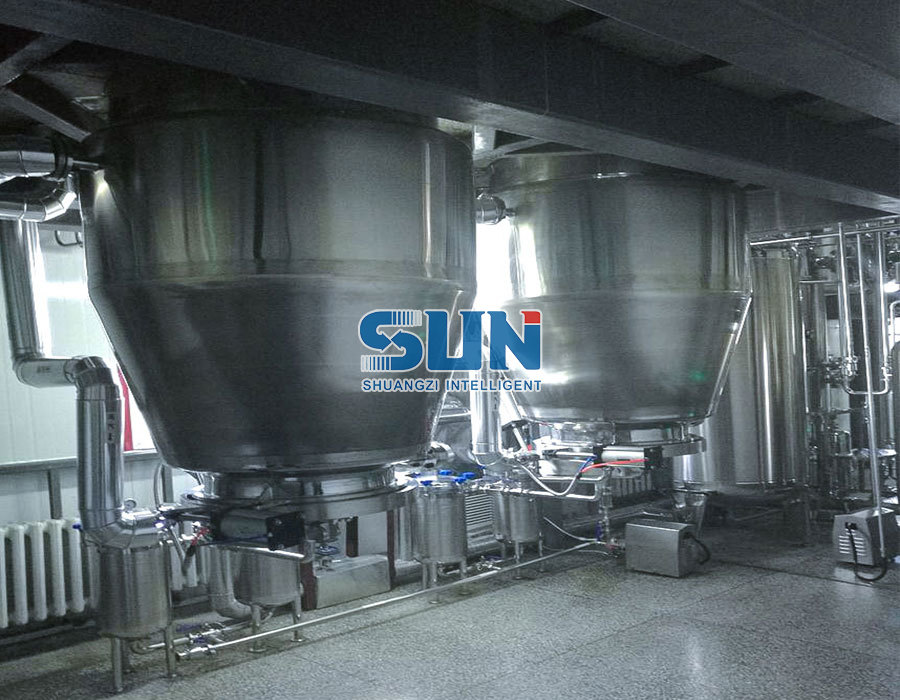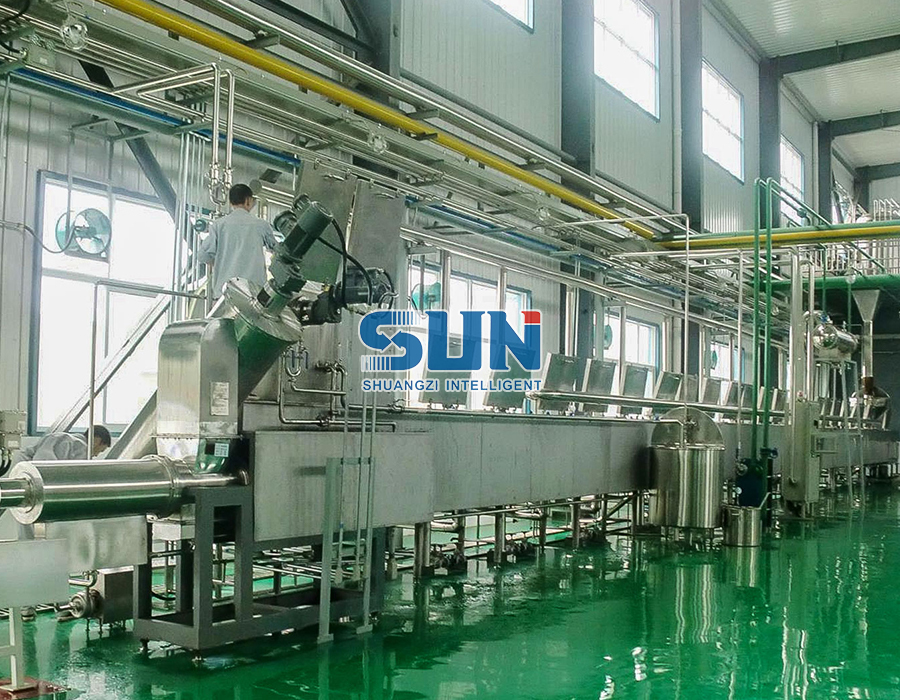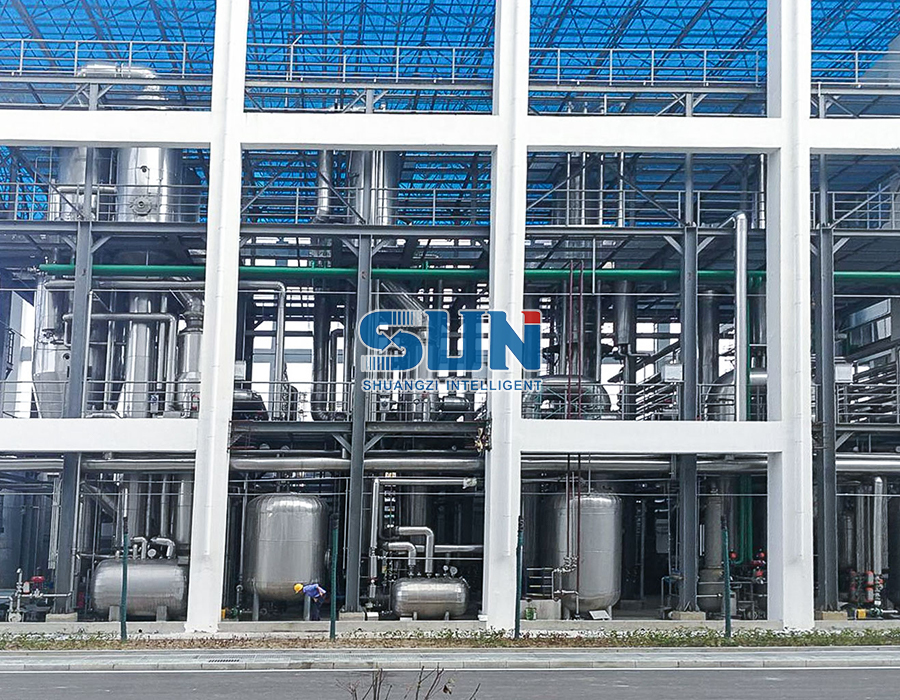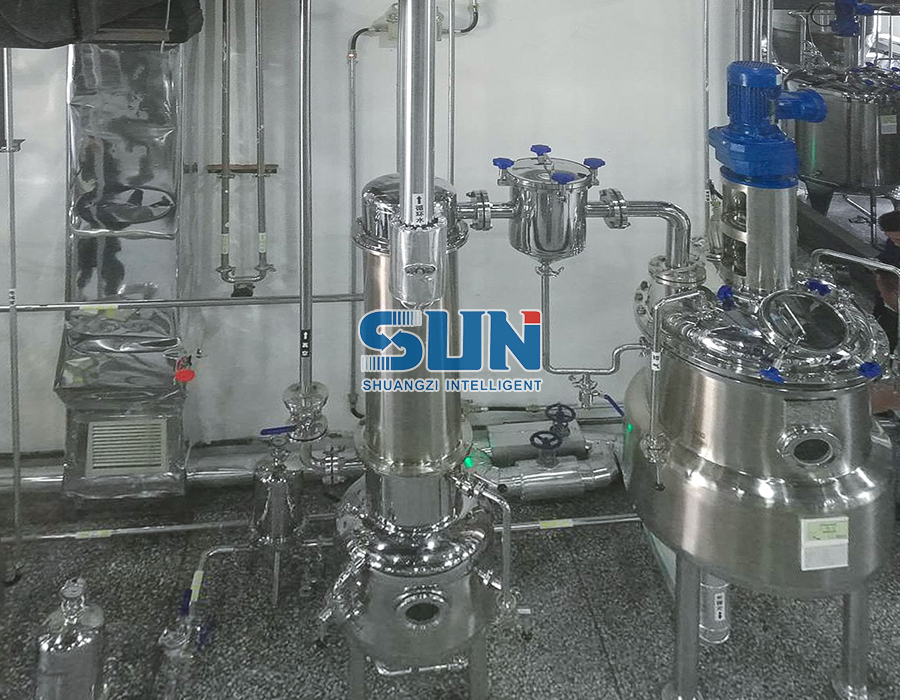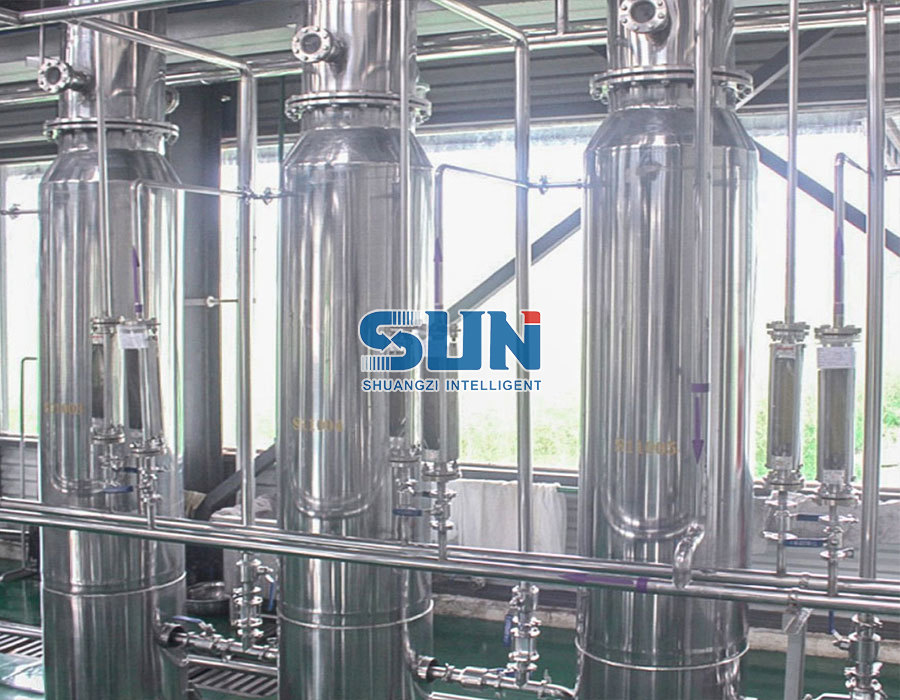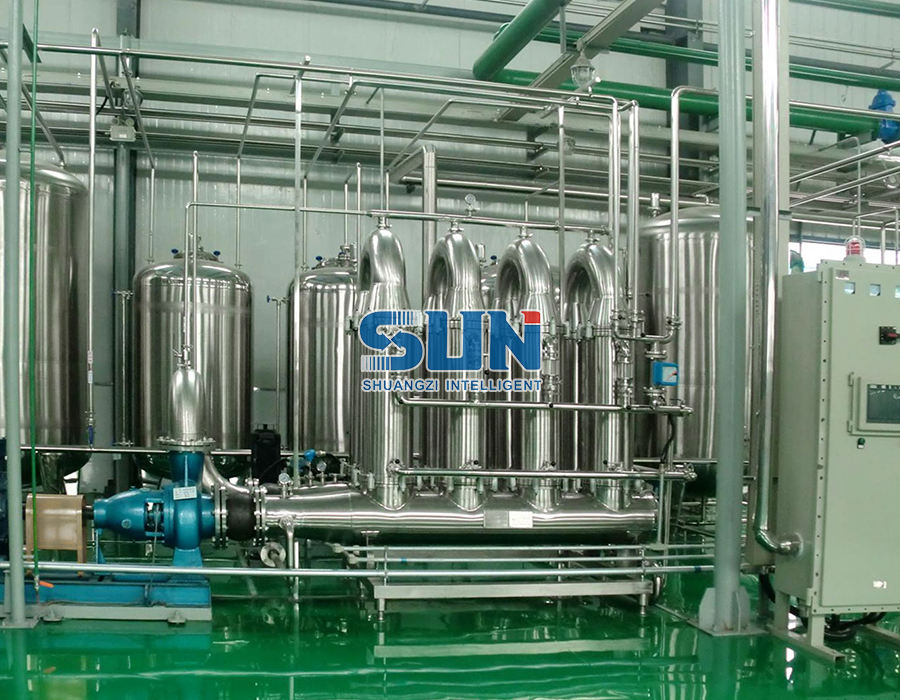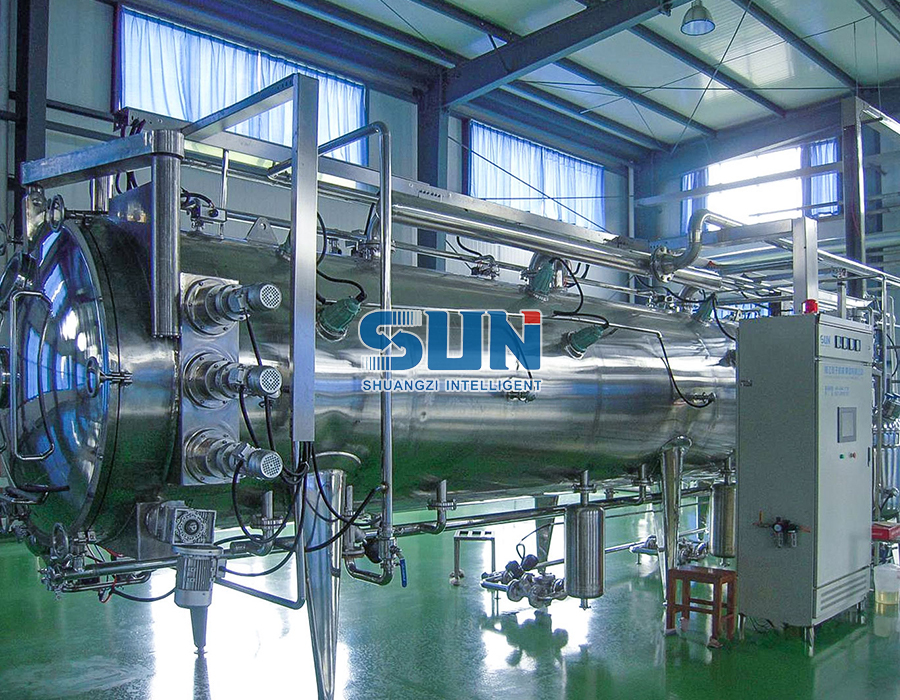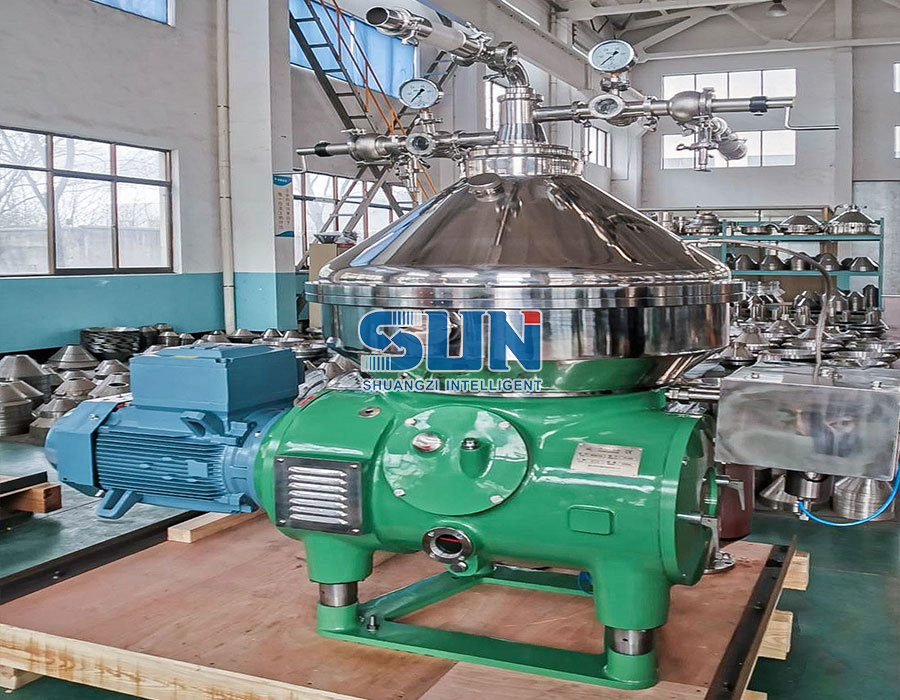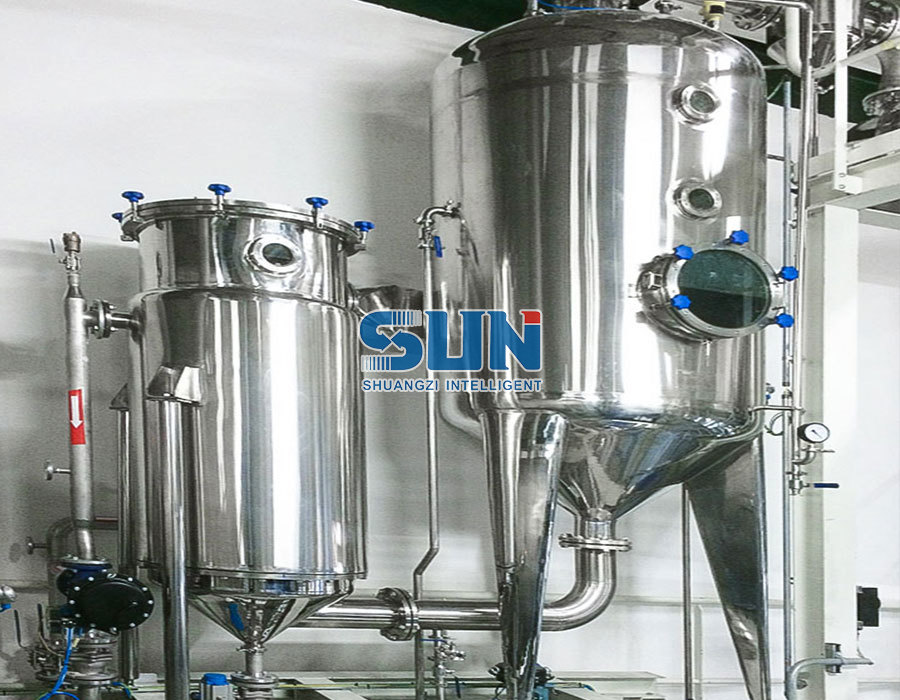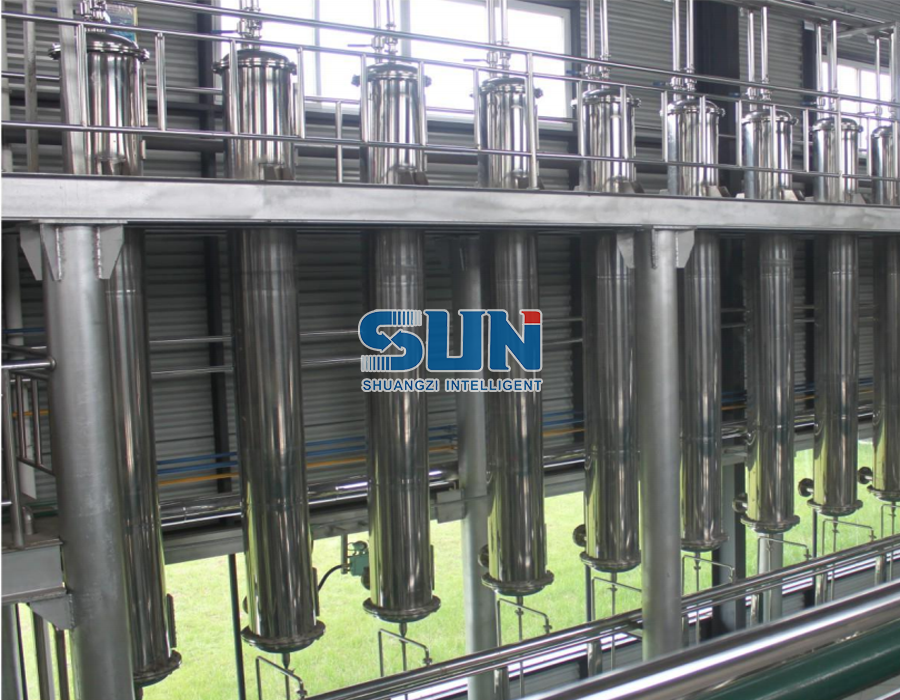When selecting equipment for a bio-fermentation project, several key features should be considered to ensure efficiency, scalability, and optimal control over the fermentation process. Here are some important features to look for:
Fermenter Capacity: Consider the required volume of fermentation and choose a fermenter with adequate capacity. It should accommodate the desired batch size while allowing room for proper mixing and aeration.
Material and Construction: The equipment should be made of materials that are compatible with the fermentation process, such as stainless steel or glass. The construction should ensure durability, easy cleaning, and resistance to corrosion.
Temperature Control: Look for equipment that offers precise temperature control. Fermentation often requires maintaining specific temperature ranges, so the equipment should have efficient heating and cooling systems, as well as accurate temperature sensors and controllers.
pH Control: For fermentations that are sensitive to pH, consider equipment that provides pH control capabilities. This may include pH probes, controllers, and the ability to add acid or base solutions automatically.
Aeration and Agitation: Proper aeration and agitation are crucial for supplying oxygen, dispersing nutrients, and maintaining homogeneity in the fermentation broth. Look for equipment that offers efficient aeration and agitation systems, such as spargers or impellers, with adjustable speed and control.
Sterilization and Cleanability: The equipment should be designed for easy sterilization and cleaning to prevent contamination between batches. Look for features like autoclavability, smooth surfaces, and easy access to all components for thorough cleaning.
Monitoring and Control: Consider equipment that provides comprehensive monitoring and control capabilities. This may include parameters like temperature, pH, dissolved oxygen, and agitation speed. Integration with data acquisition systems or software can be advantageous for real-time monitoring and process optimization.


Sampling and Analysis: Look for equipment that facilitates easy sampling and analysis of the fermentation broth. This may include sampling ports, sterile sampling systems, and connections for online analyzers or sensors.
Scalability: If scalability is a consideration, choose equipment that can be easily scaled up as the project progresses. Compatibility with larger vessels or modular systems can save time and effort when expanding production.
Safety Features: Ensure the equipment has appropriate safety features, such as pressure relief valves, alarms, and interlocks. These features help prevent equipment failure or hazardous conditions during fermentation.
Integration with Downstream Processes: If the fermentation process is part of a larger production system, consider equipment that integrates well with downstream processes like harvesting, separation, or purification. Compatibility and ease of transfer between equipment can streamline the overall workflow.
It's important to assess these features based on the specific requirements of your bio-fermentation project. Consulting with experts and manufacturers in the field can provide further guidance tailored to your specific needs.


 英语
英语 俄语
俄语